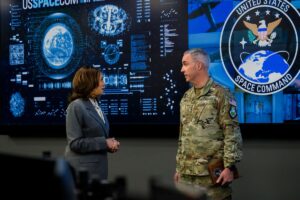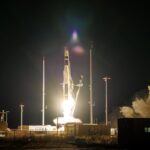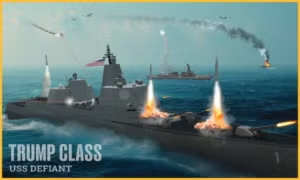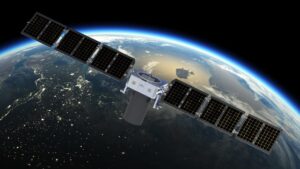
Gen. Stephen Whiting, the head of U.S. Space Command, said on June 24 that he does not yet know when the command is to receive the initial fielding of space-based ground moving target indication (GMTI) satellites under development by U.S. Space Force and the National Reconnaissance Office (NRO). "We'll be on the receiving end of that when they're ready to present it," Whiting told a Mitchell Institute for Aerospace Power Studies virtual forum. "I haven't actually seen that date yet…














